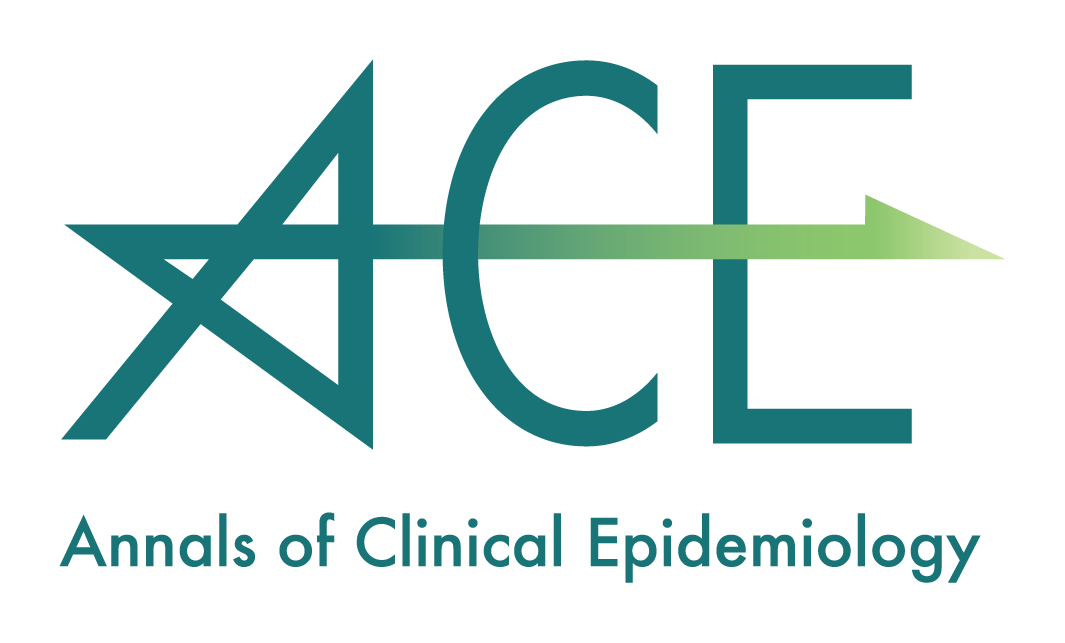Volume 2, Issue 4
Displaying 1-4 of 4 articles from this issue
- |<
- <
- 1
- >
- >|
SEMINAR
-
Article type: SEMINAR
2020Volume 2Issue 4 Pages 85-94
Published: 2020
Released on J-STAGE: October 01, 2020
Download PDF (723K) Full view HTML
ORIGINAL ARTICLE
-
Article type: ORIGINAL ARTICLE
2020Volume 2Issue 4 Pages 95-106
Published: 2020
Released on J-STAGE: October 01, 2020
Download PDF (1437K) Full view HTML -
Article type: ORIGINAL ARTICLE
2020Volume 2Issue 4 Pages 107-112
Published: 2020
Released on J-STAGE: October 01, 2020
Download PDF (532K) Full view HTML -
Article type: ORIGINAL ARTICLE
2020Volume 2Issue 4 Pages 113-120
Published: 2020
Released on J-STAGE: October 01, 2020
Download PDF (550K) Full view HTML
- |<
- <
- 1
- >
- >|
